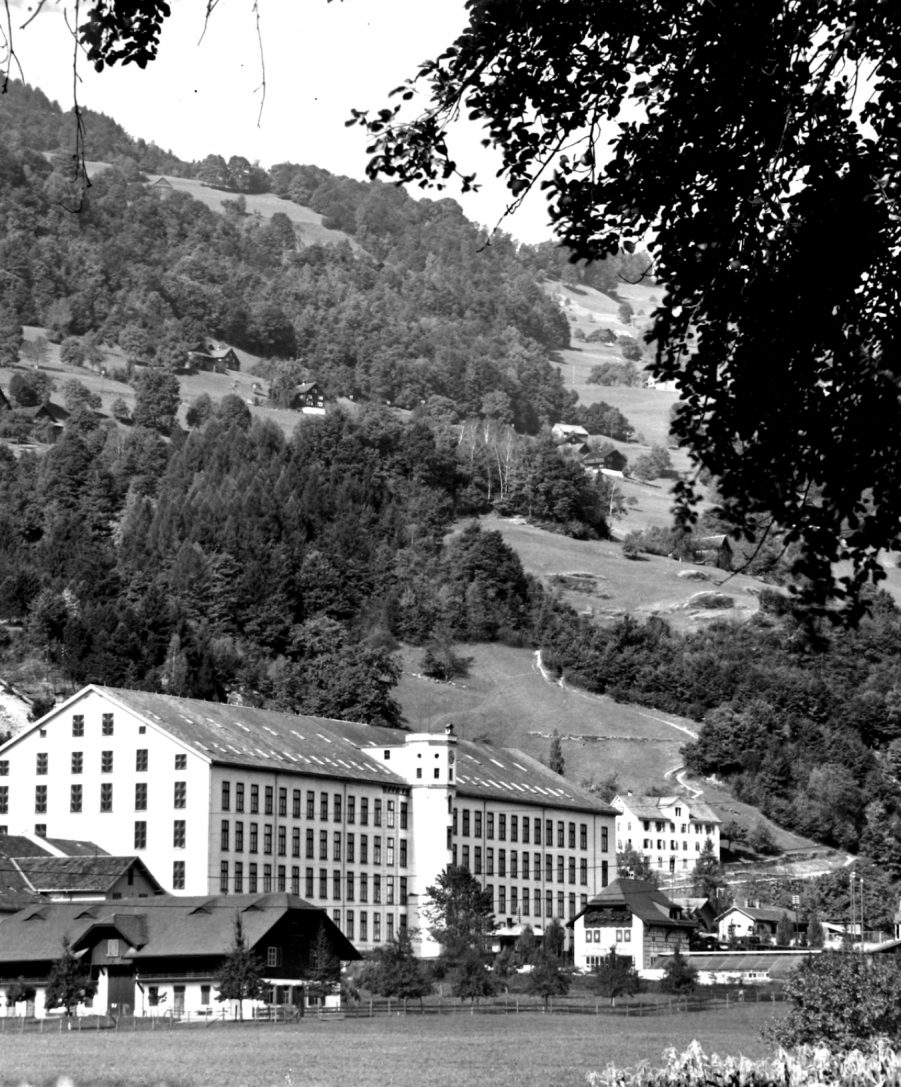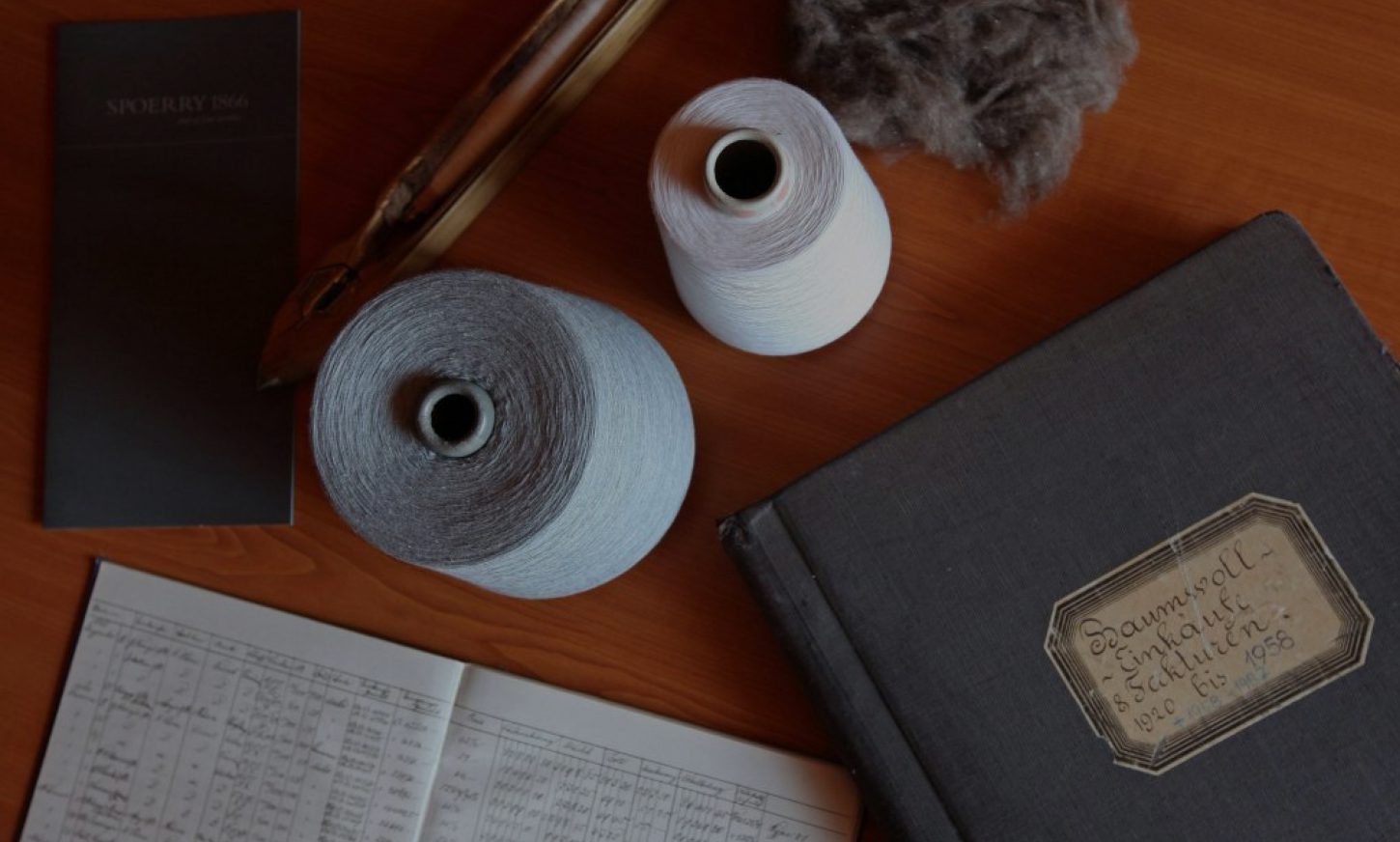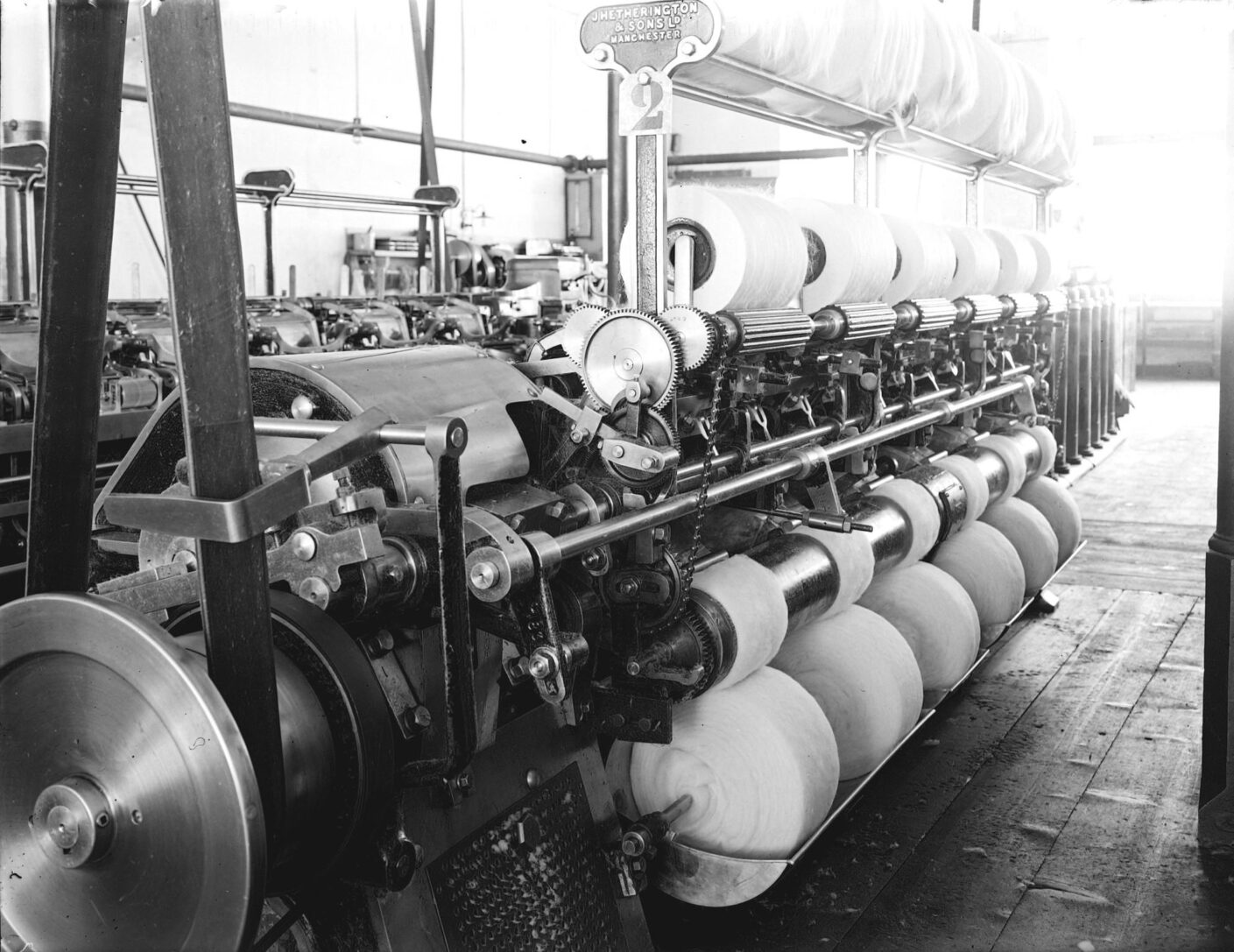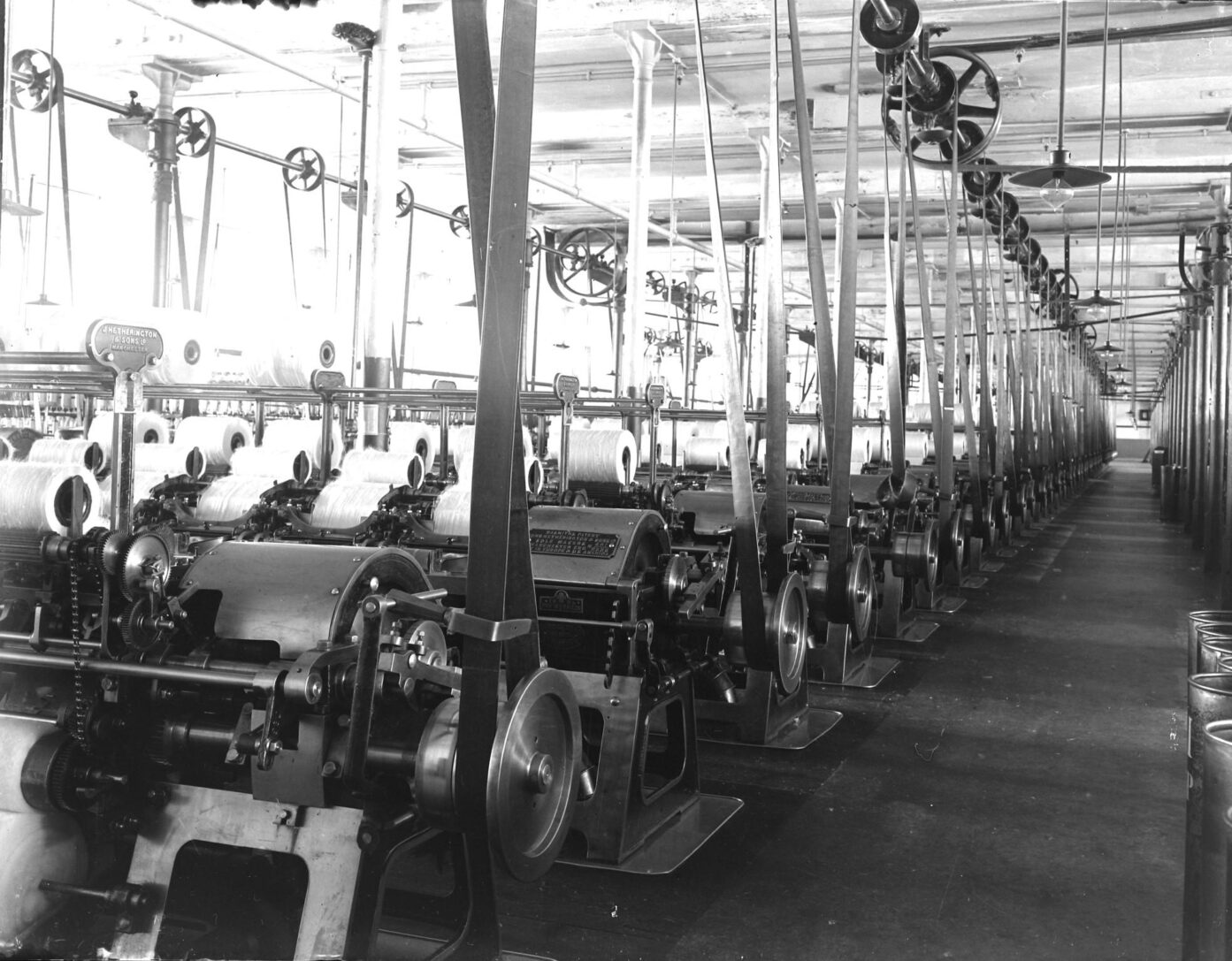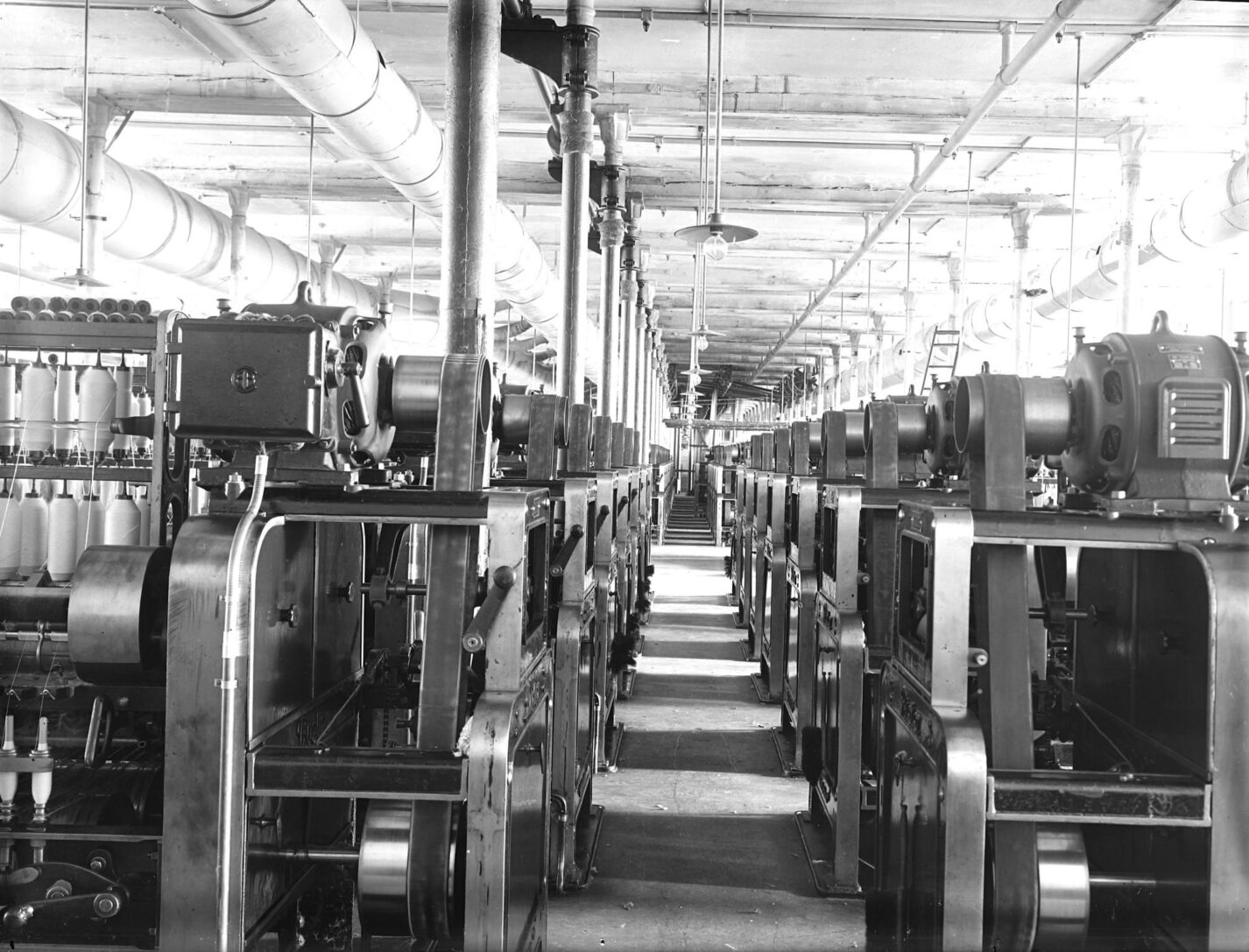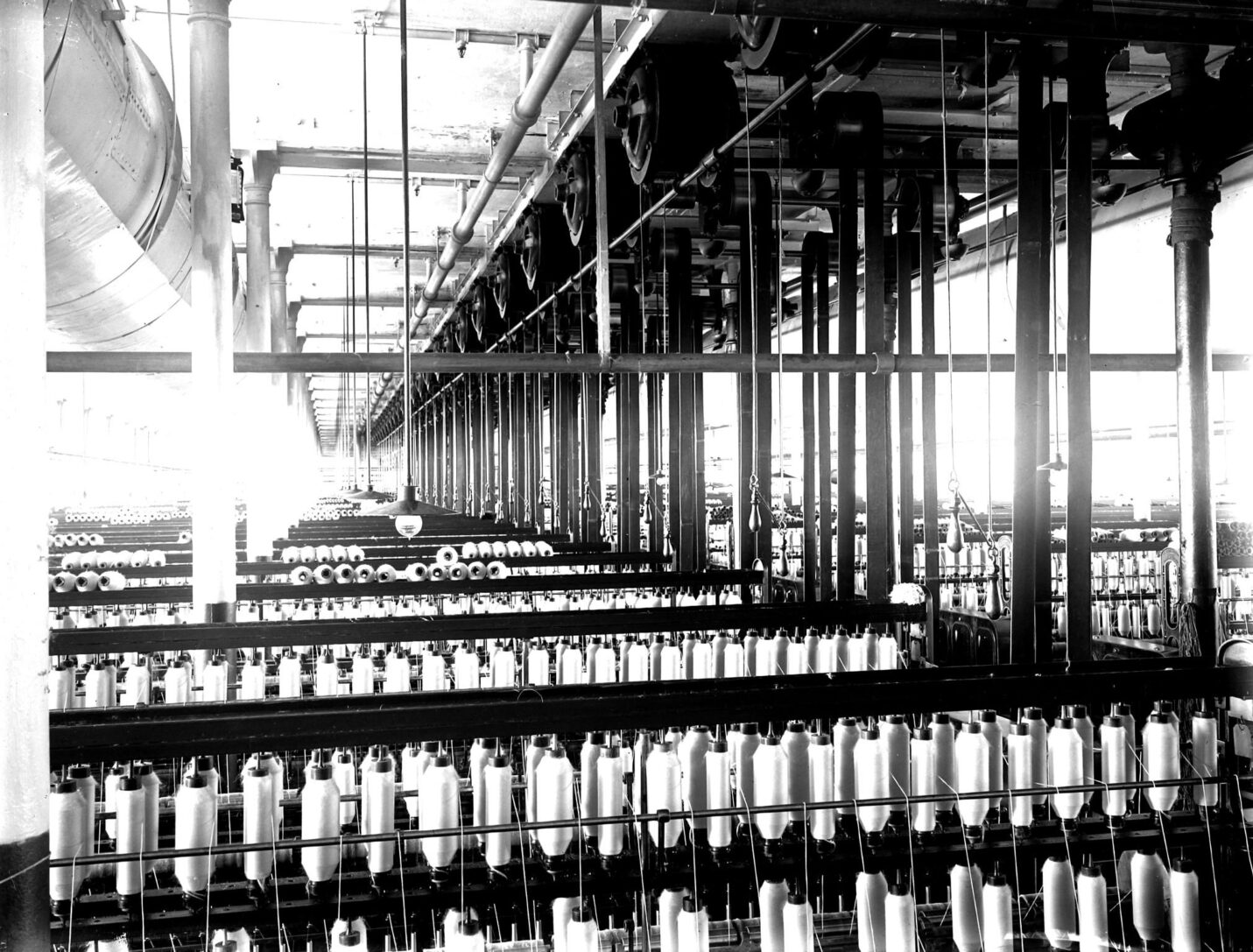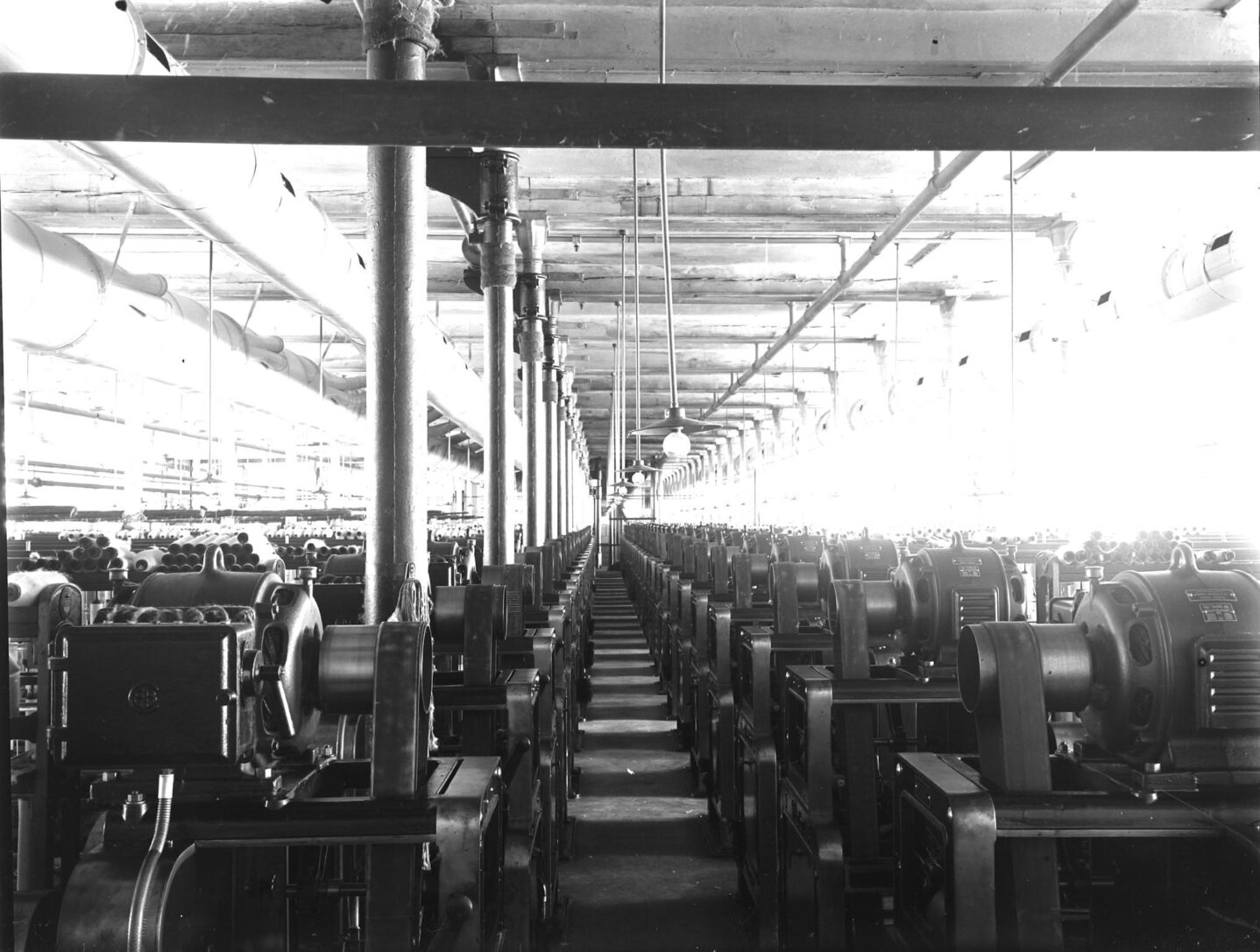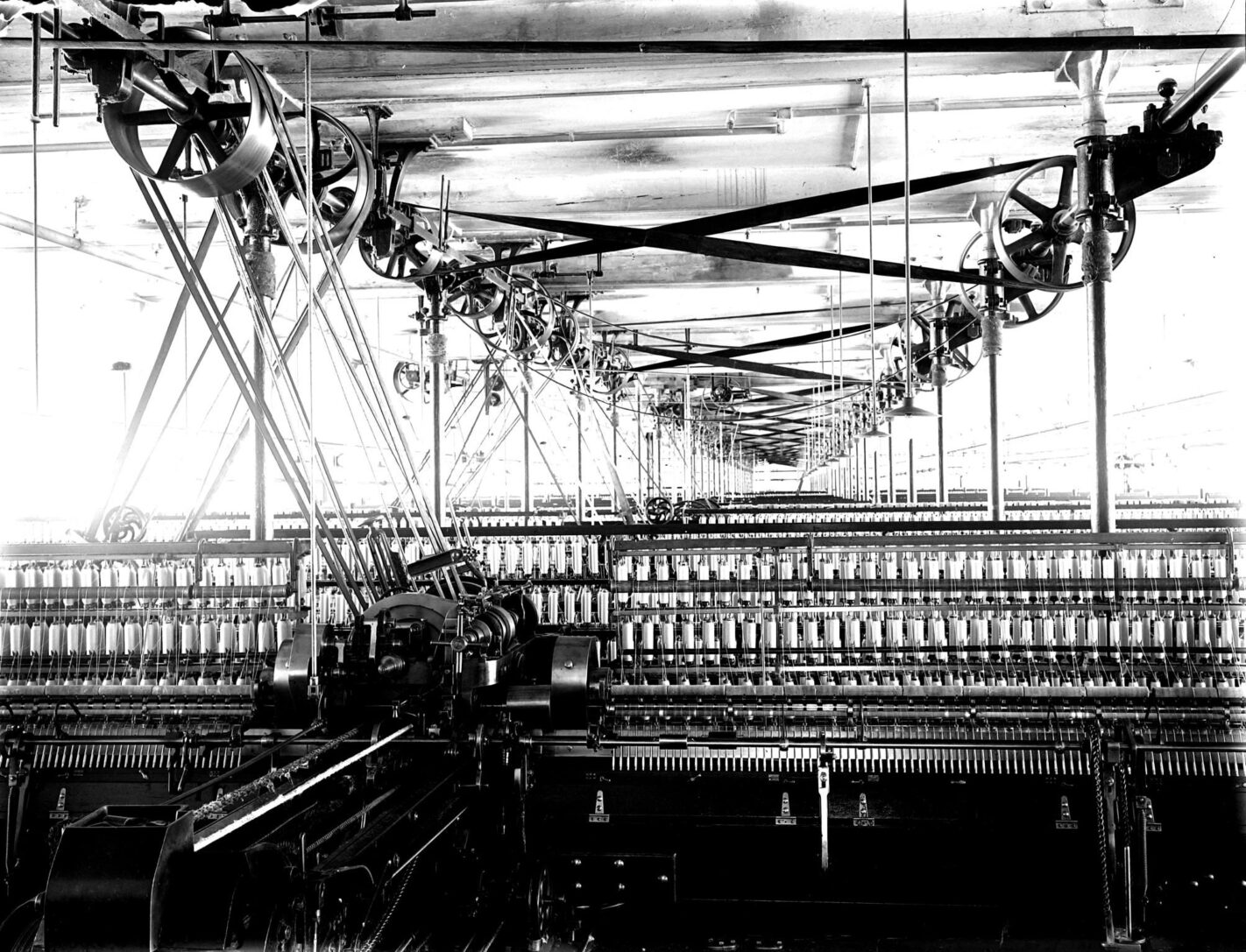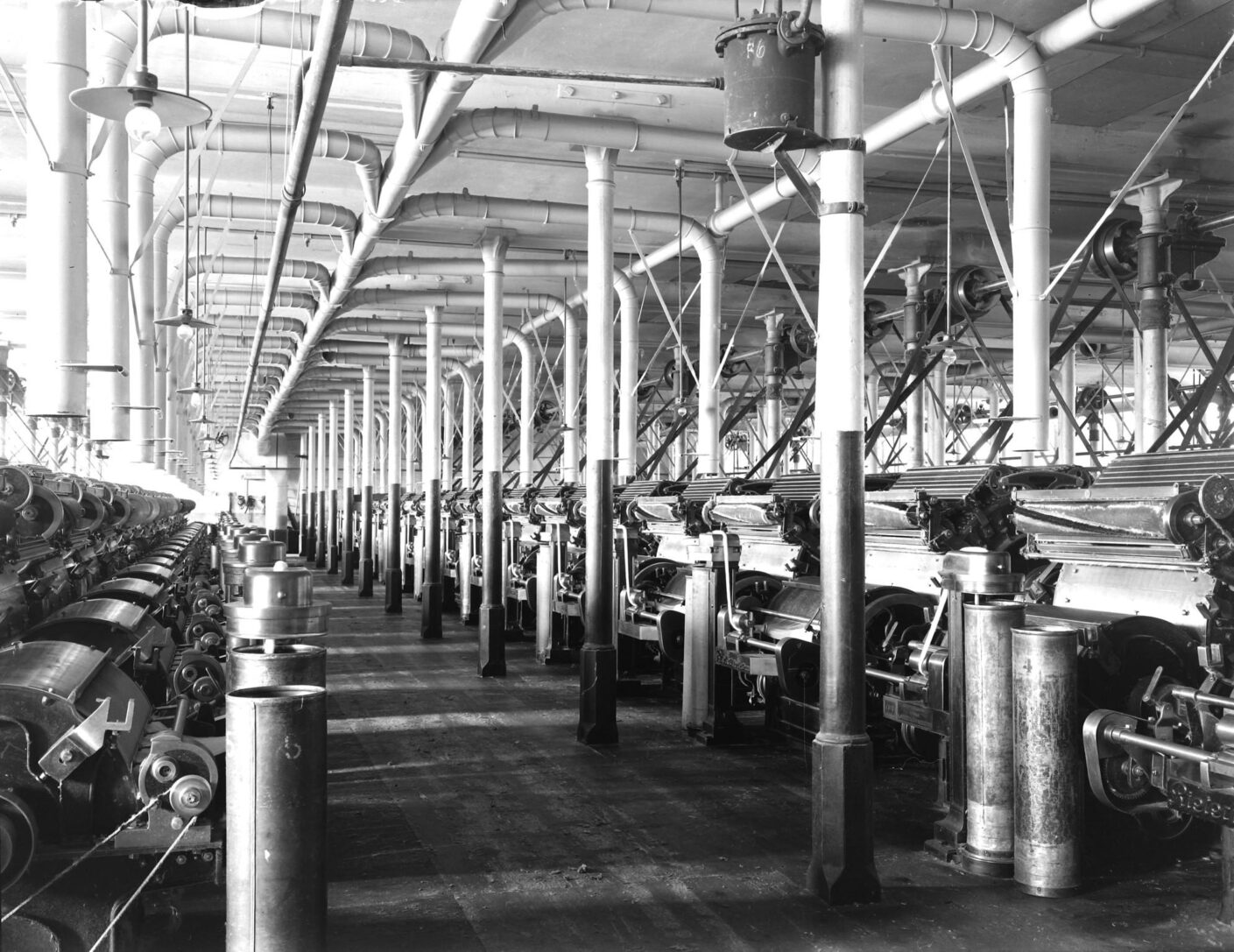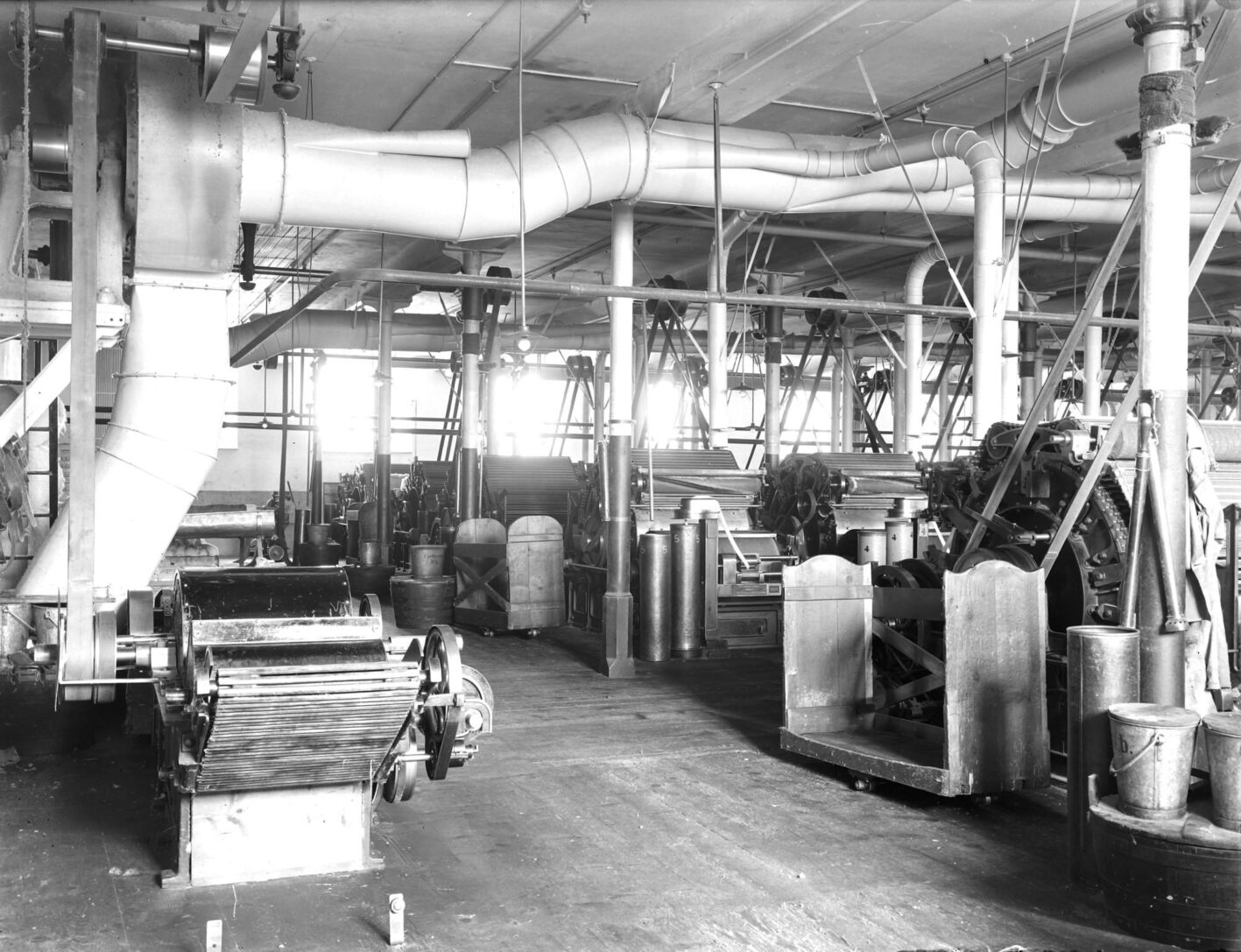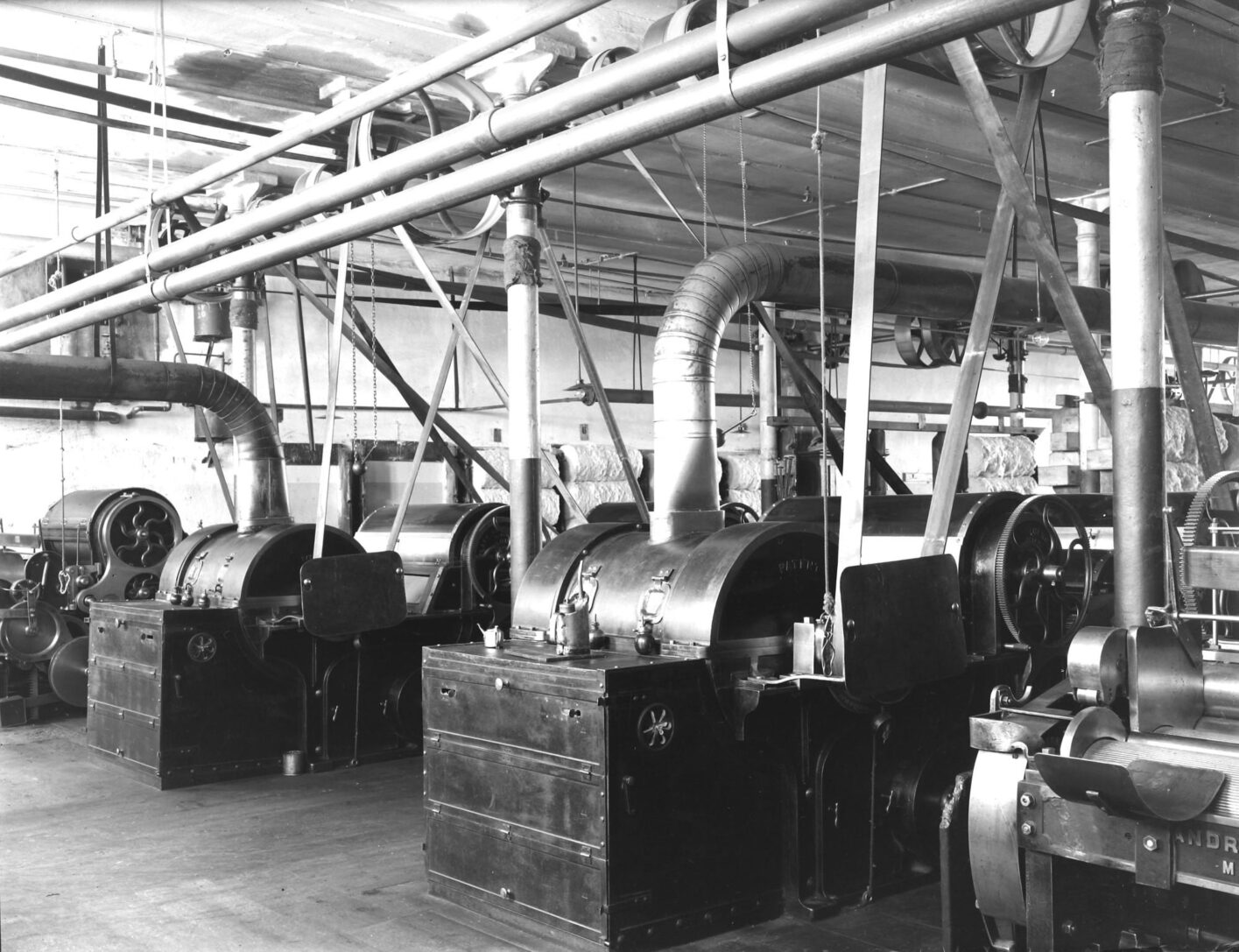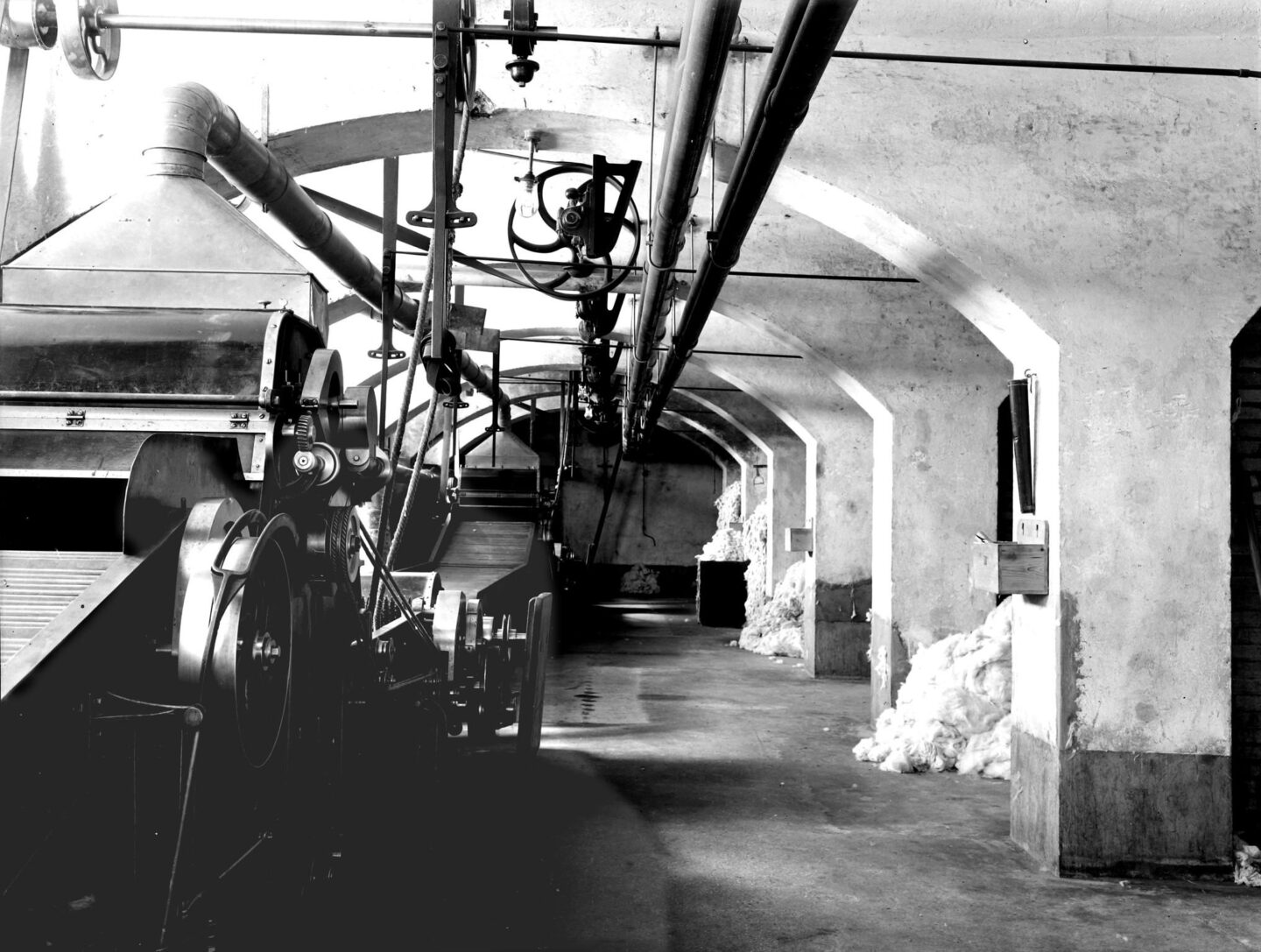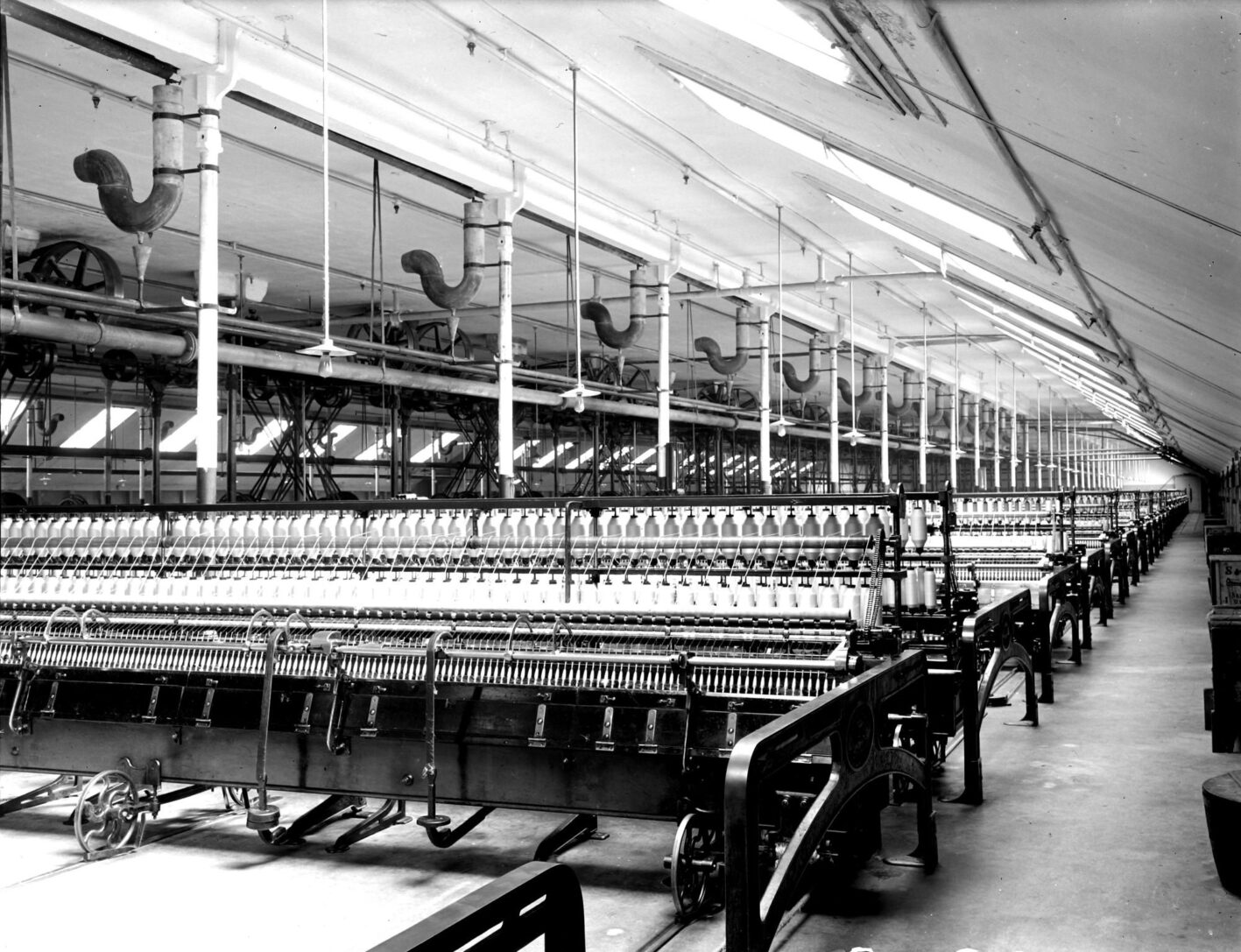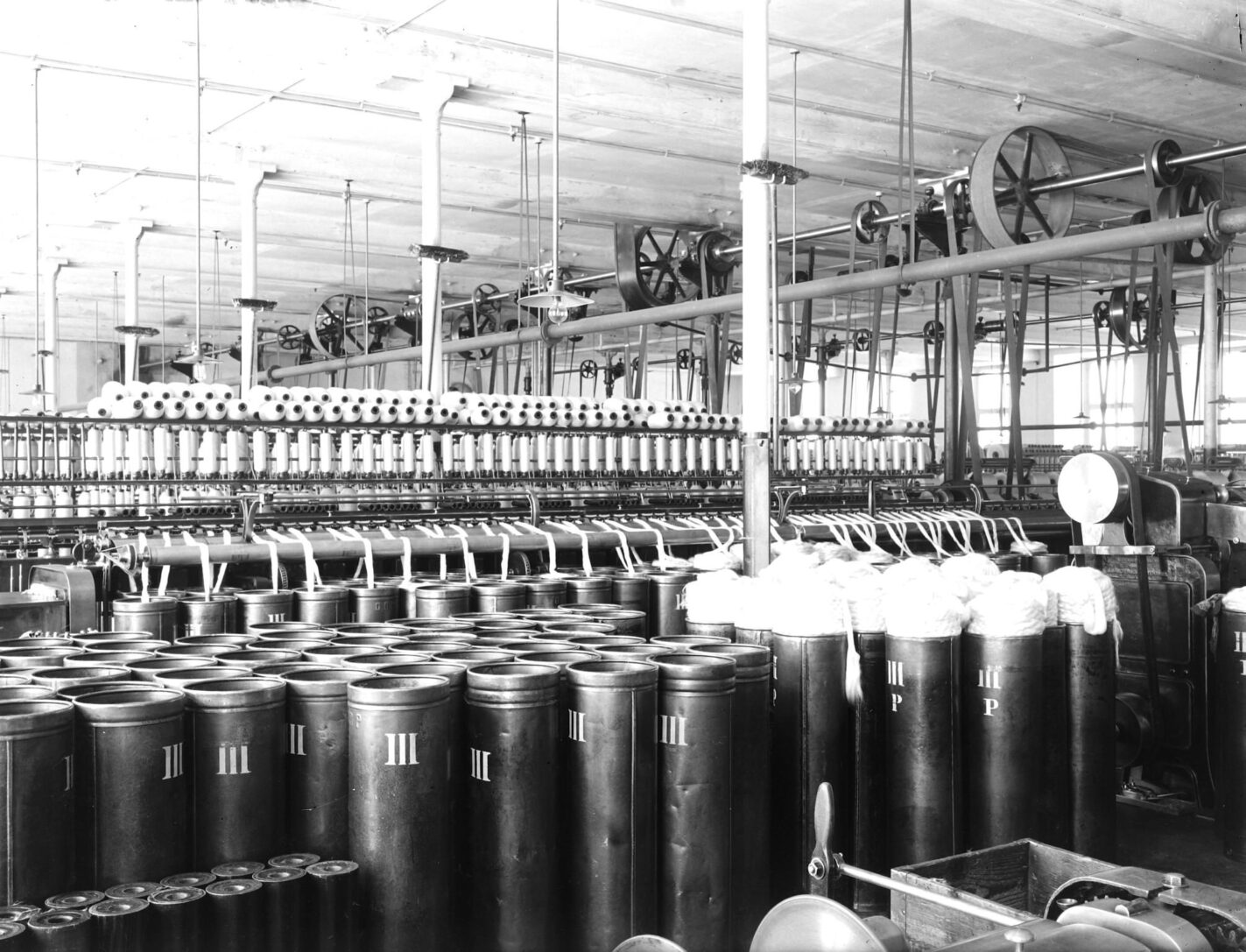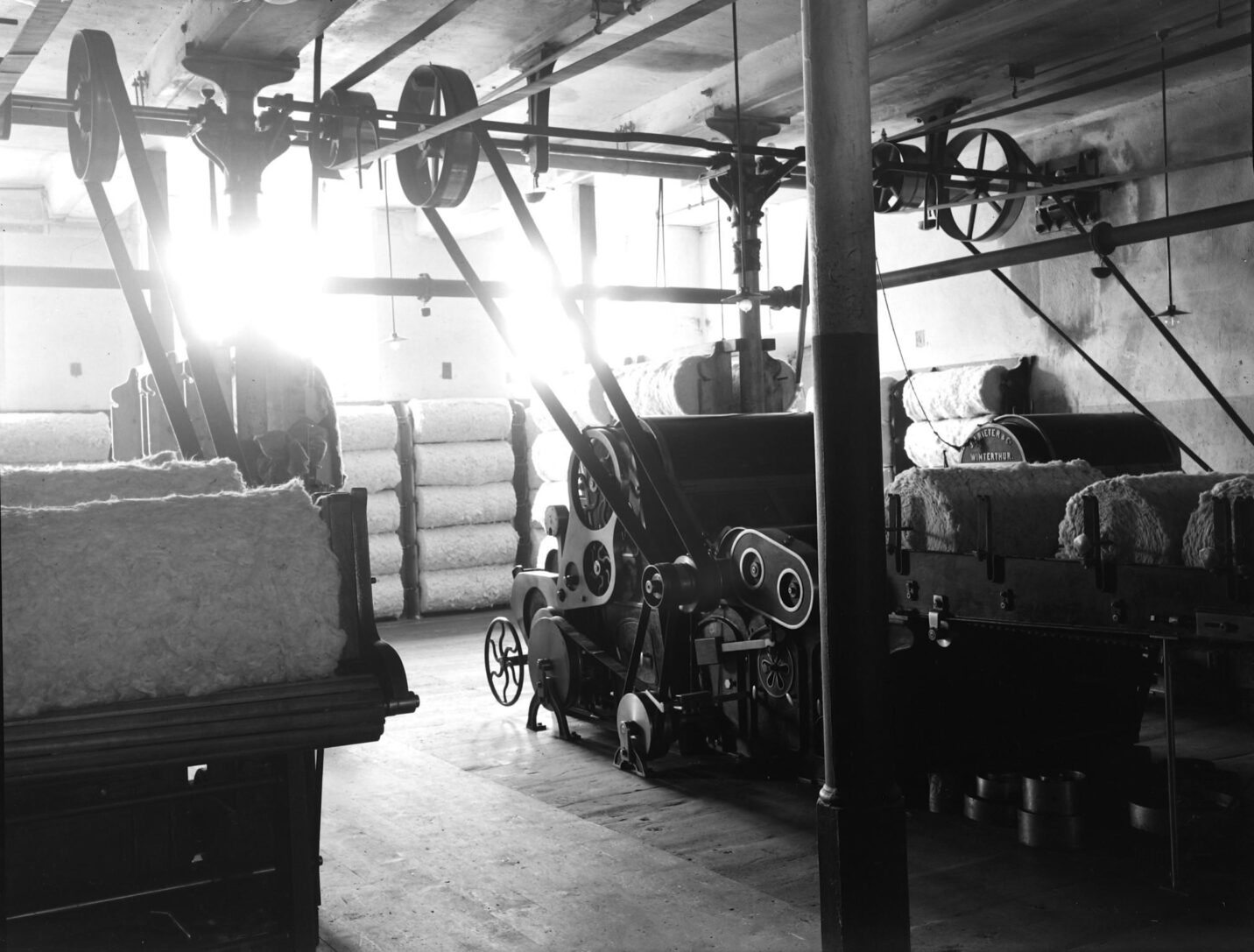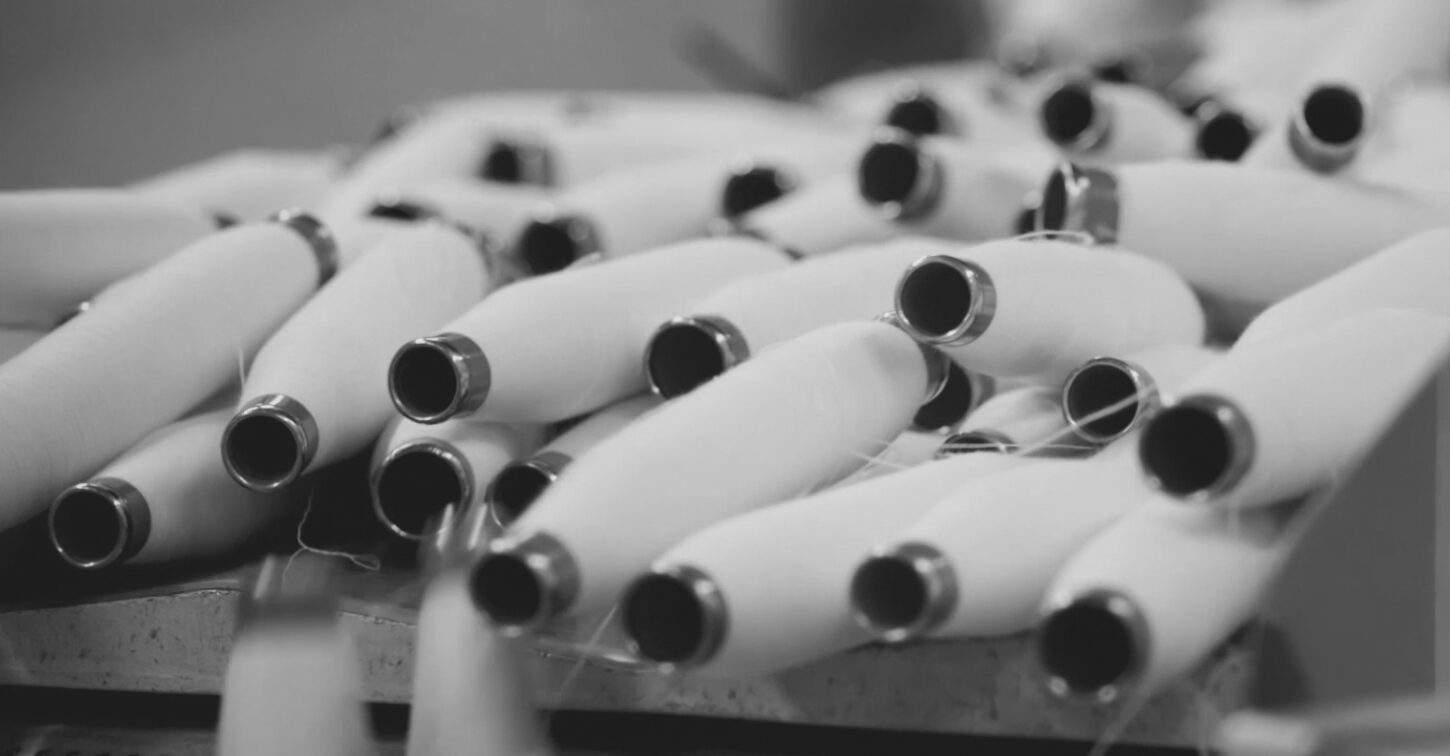“Developing The Perfect Yarn”: We Have Been Focusing Mainly on One Subject for Generations.
about us
Our Roots
Founded in 1866 by two brothers, who set out to create unique yarns – not mass-produced, run-of-the-mill yarns, but yarns that would imbue any textile with a specific idea, or soul. Knowing that the properties of all woven or knitted textiles are significantly affected by the design of the yarns used in producing them, the brothers erected a spinning plant in a rural Swiss valley which, from the very start, has supplied its creations to the luxury segment of the textile market. And this is how Spoerry has made a name for itself throughout the world.
